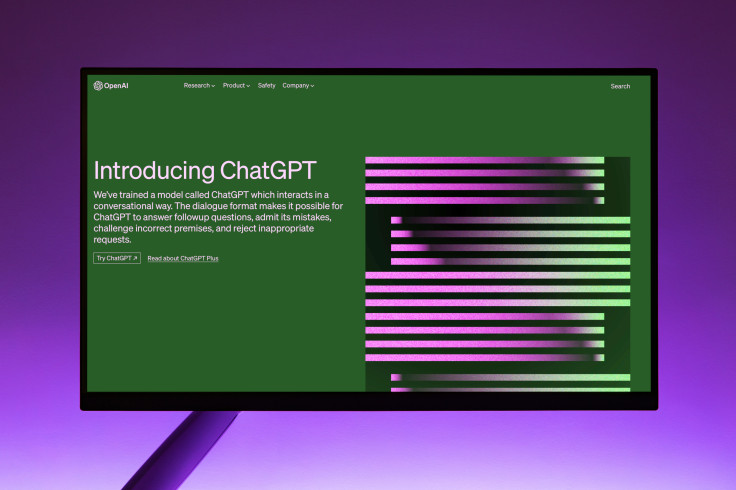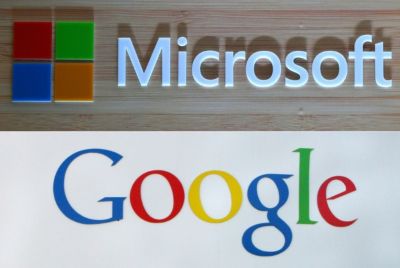ChatGPT Gets DALL-E 3 Integration, Web Search Feature
Despite taking the world by storm, OpenAI's chatbot ChatGPT was previously limited to data up to September 2021 until now.

OpenAI has added the internet-browsing feature to ChatGPT. The American AI company shed some light on the newly added feature in a blog post on its official website.
To recap, the browsing feature was originally introduced in beta. Now, OpenAI has confirmed that ChatGPT Plus and Enterprise users will be able to use the "Browse with Bing" feature from the GPT-4 model selector.
Notably, the internet-browsing features were added to OpenAI's widely popular generative AI chatbot back in March. Recently, OpenAI added plugins that helped the chatbot access real-time data on the web using the Bing search engine.
OpenAI has added web search functionality to ChatGPT, allowing users to browse the internet within the chatbot. This feature was introduced in beta after being on hiatus for several months. ChatGPT previously had data limited to September 2021.
— mustafa chakmak (@Mustafachakmak) October 18, 2023
Aside from this, the plugins enabled ChatGPT to access third-party knowledge. Before the introduction of this feature, the chatbot was limited to information up to September 2021.
Much-needed features added to ChatGPT
Despite introducing the internet-browsing feature for ChatGPT, OpenAI limited it to a small number of developers and subscribers. The browsing feature was made available to ChatGPT Plus users as a beta feature in September.
The feature enabled these users to not only browse the internet but also to access current information with direct links to sources.
OpenAI has officially launched its internet-browsing feature for ChatGPT, a popular generative AI chatbot. This feature was initially introduced in beta a few weeks after a hiatus.@OpenAI #OpenAI #ChatGPT pic.twitter.com/9Cp9VQXoLY
— FORTIZO TECHNOLOGIES (@FortizoTechnol1) October 18, 2023
In a blog post, OpenAI's Natalie noted: "Plus and Enterprise users no longer need to switch the beta toggle to browse and are able to choose Browse with Bing from the GPT-4 model selector."
After launching the iOS app for ChatGPT in India in May, OpenAI introduced the Android app two months later. ChatGPT now comes in handy for a wide range of tasks such as writing poems, creating messages, presentations and generating content.
The ability to browse the internet directly via the app will let users get answers with source links in a jiffy. The AI company had previously announced a slew of voice and image capabilities for ChatGPT as well.
The abovementioned capabilities enabled users to communicate their queries simply by showing ChatGPT an image or speaking commands. ChatGPT generates a relevant dynamic query by converting voice to text and then analyses various elements in the image.
However, it is worth noting that OpenAI will first offer the voice and imaging capabilities to its Plus and Enterprise subscribers before rolling them out to the free version of the service.
You can access the voice function of ChatGPT in the Settings menu by going to the New Features option, which is available at the bottom. Next, click on Voice Conversations and then tap on the headphone icon to select from five preset voices.
ChatGPT gets DALL-E 3 integration
OpenAI has also DALL-E Integration for ChatGPT in its latest blog post. To those unaware, DALL-E alludes to the company's latest version of the text-to-image model.
Thanks to DALL-E 3 integration, ChatGPT users will be able to get images as answers to their queries. "From a simple sentence to a detailed paragraph, ask ChatGPT what you want to see and it will translate your ideas into exceptionally accurate images," OpenAI explained.
OpenAI formally brings web search to ChatGPT. Also, DALL-E 3 integration arrives in beta. pic.twitter.com/vMdsjwXyUq
— iGPT (@indivisualgpt) October 19, 2023
DALL-E 3 in ChatGPT is available for the mobile app as well as the web. You can choose the option in the selector under GPT-4. To recap, Microsoft's Bing Chat also introduced DALL-E 3 last month.
The latest model has several improvements in terms of quality and accuracy of images. Much to their delight, Bing Chat users can access the feature for free. According to the company, DALL-E 3 understands prompts better than the earlier model.
Moreover, the newfangled model is capable of generating more creative and more photorealistic images. On top of that, DALL-E 3 is designed to be much easier to use. The model has built-in safety tools that stop it from recreating images of public figures as well as hateful or NSFW images.
© Copyright IBTimes 2025. All rights reserved.






















